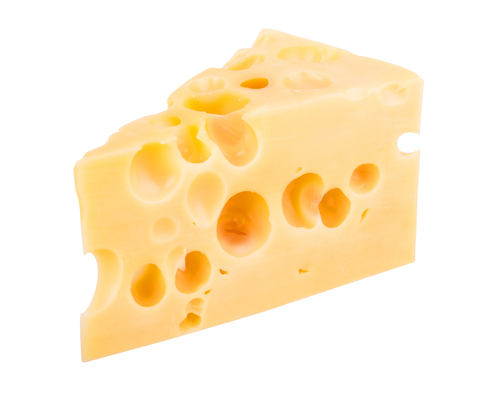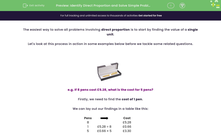The easiest way to solve all problems involving direct proportion is to start by finding the value of a single unit.
Let's look at this process in action in some examples below before we tackle some related questions.

e.g. If 8 pens cost £5.28, what is the cost for 5 pens?
Firstly, we need to find the cost of 1 pen.
We can lay out our findings in a table like this:
| Pens |  |
Cost |
| 8 | £5.28 | |
| 1 | £5.28 ÷ 8 | £0.66 |
| 5 | £0.66 × 5 | £3.30 |

e.g. 12 blocks of cheese make sandwiches for 48 people.
How many people can sandwiches be made for with 30 blocks of cheese?
Firstly, let's find out how many sandwiches can be made from 1 block of cheese:
1 block will make 48 ÷ 12 = 4 sandwiches
So 30 blocks of cheese will make sandwiches for:
30 × 4 = 120 people
Now you have a pen and a cheese sandwich, it's time to solve some problems using these skills!
In this activity, we will use information relating to groups of items to find the cost of a single item, then apply this to find the value of a differently-sized new group or to identify the best value for money.








